Who's ready for some relaxing beach time? I know I am! My name is Katherine and I'm from @katherine.urban.art! I'm super excited to share my step-by-step process AND tips on how to create a Polaroid painting of the beach.
For me, painting the beach is how I connect back to the ocean even though I live so far away! You can do this with any type of landscape that you're looking to connect with, whether it be an ocean, mountain range, or a simple grassy field. Not to mention, this tutorial is the perfect way to sit back and relax!
Supplies

- Cold Press Paper (300 lb or 140 lb)
- Pencil
- Ruler
- Kneaded Eraser
- Scotch Expressions Washi Tape
- Round Brush Size 8
- The Pigeon Letters Brush Round Size 2
- Large Flat Brush Size 25 mm
- Watercolor Paint
- Dr. Ph. Martin’s Bleed Proof White
- X-Acto Knife
Step 1: Draw Your Polaroid Format

Using a pencil, lightly draw a Polaroid frame on your watercolor paper. I use the same measurements as the vintage Polaroid photographs, the outside of the Polaroid measures 3.5 inches across and 4.25 inches down. The inside measurement is a 3-inch square. To draw the inside square, draw a line a quarter inch in from the top and two sides. Lastly, the last line one inch in from the bottom. If the pencil lines are too dark use a kneaded eraser and press it over the lines to lighten!
Pro Tip: I also use the kneaded eraser to pick up regular eraser crumbs, it keeps my paper from smudging.
Step 2: The Horizon

Draw a horizon line using the rule of thirds! For this painting, I drew my horizon about an inch down from the top. You can also draw in the wave line about an inch up from the bottom! This divides the paper into three sections for a good composition. Try to avoid drawing the horizon line across the center of the page.
Step 3: Taping the Border

Tape the border of the Polaroid using washi tape. I've had many artists ask what brand I use and for me, the Scotch Expressions brand works the BEST! It doesn't tear the paper and I have way less paint bleed underneath!
Be sure to press the tape firmly into the paper. After the border is taped and covered, add a horizontal piece of tape just below the horizon line.
Pro Tip: If using a heat gun or hair dryer to dry the painting faster, heat causes the washi tape to become less adhesive, which will in turn cause the paint to bleed underneath the tape.
Step 4: Sand and Sky

Now for the best part, the painting! For my sky, I use a graded wash. A graded wash gradually blends the color from dark to light. Start at the top with a sky blue color and blend lighter to almost white at the horizon. Add water to lighten the color rather than white paint. If the sky is not dark enough add the second layer of paint once the first is dry!
While the sky is drying, start painting your sand. Again use a graded wash, this time darker at the bottom and fade out to white toward the horizon. Once the sky is dry slowly peel off the washi tape across the horizon pulling the tape away from the sky! Boom!

Pro Tip: Use two water containers when painting with watercolor. One for dirty water when rinsing the brush and the other for clean water to add to the paint.
Step 5: The Ocean

Next, begin to paint your ocean! I use a light aqua green color and start at the horizon line painting another graded wash. Bring the paint down to overlap the sand and get that beautiful color transition!
Step 6: Making Waves

Using a flat brush that's damp, lift off the paint to create the lines for the seafoam waves! If the paint does not lift off easily you can use Dr. Ph. Martin’s Bleed Proof white to create the lines for the waves. This is really when the painting starts coming together!
Step 7: Adding Depth

Add a thin dark line under each wave to create a shadow. Use a brown paint where the wave overlaps the sand. Then, use a darker aqua green for the wave in the water. This should instantly add the illusion of depth to the painting! If you like the look of a wet sand line add a thick medium brown line under the bottom wave, it really adds another layer to your work!
Step 8: Sea Foam

The seafoam is the icing on the cake! Using a small brush, add little dots and lines onto the seafoam using Dr. Ph. Martin’s Bleed Proof White. This product is a very thick, opaque white that can be watered down or applied right out of the jar!
I use a lot of diagonal dots, lines, and dashes to create the ultimate sea foam. The more uneven the lines the better! Once dry it can be layered by adding watercolor on top if that's what your heart desires. This gives the waves depth! If you happen to paint over the shadow line of the wave paint it right back in. If you can’t see the foam anymore, add it back. Some of my paintings have a lot of layers of seafoam and paint in the waves.
Step 9: Depth in the Ocean

You may notice I jump around my painting a lot, this is to allow wet areas to dry! To paint the distant ocean, begin at the horizon line and add a blue line that fades as it gets closer to the waves. It can be a smooth graded wash, but I prefer to leave gaps that look like faraway waves. Keep adding layers of blue until the ocean has the depth you want!
Tip: Add a darker blue line under any light places in the paint to make a distant wave appear more defined as it rolls in toward the shore.
Step 10: Shells

How about some shells in the sand to really give it that extra umph? Use the Dr. Ph. Martin’s Bleed Proof white again to make shells! With a small brush, make tiny little ovals. Once the white paint is dry create a shadow by adding a small brown line contouring the bottom half of the oval. Viola shells!
Step 11: The Reveal

Once the painting is dry it is time to remove the tape! This is my favorite part! Peel the tape off slowly, always pulling away from the painting. The slower the tape is removed the less chance of damaging the paper!
Step 12: Polaroid Size

The final step is to cut the Polaroid down to size. I have tried many different ways to cut the paper, but for me an X-Acto knife and metal ruler work best. Be sure to place the ruler over the painting when you cut, this prevents you from accidentally cutting into the painting if the knife slips.
And that's it! You now have a picture-perfect watercolor beach polaroid! I can't wait to see what everyone comes up with, make sure to tag me at @katherine.urban.art!


Hi! I'm Katherine Urban and I have been creating art for as long as I can remember. I'm an artist, a full-time high school art teacher, a wife, and a mother to two teenage daughters. I grew up on the east coast of Florida and have always loved the beach and the outdoors. You can find my art on Instagram @katherine.urban.art and in my Etsy shop, TheCreativeEasel.





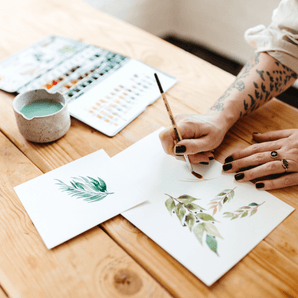
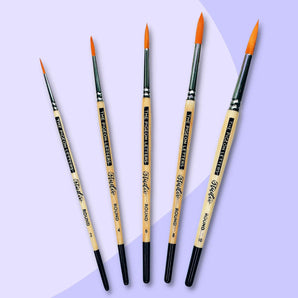
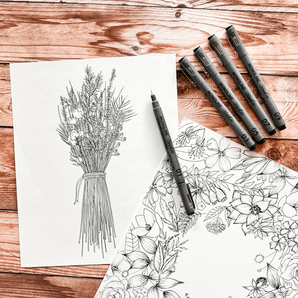
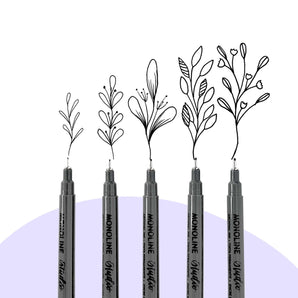
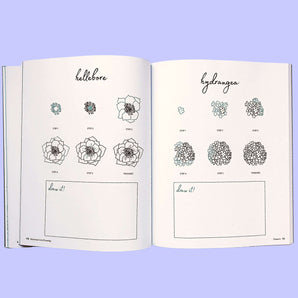
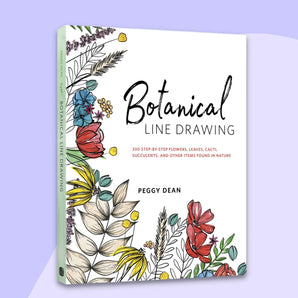
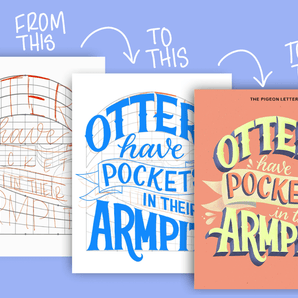
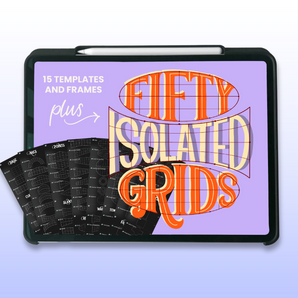
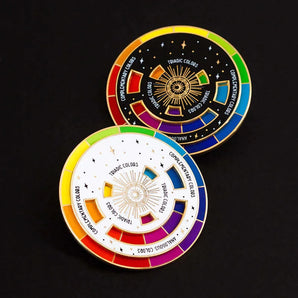
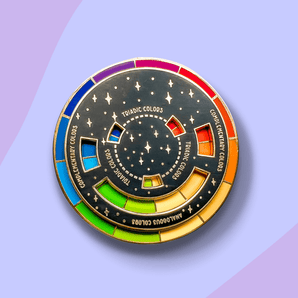
Hi, I love this 😍. So simple and easy to follow. Just one question though – for the initial graded wash are you using ‘wet-in-wet’ painting technique or is it all ‘wet-on-dry’?
I’ve been an artist for a few years but only worked with Acrylics. Just started with watercolors and am a huge beach girl. Thank you so much for your expertise!